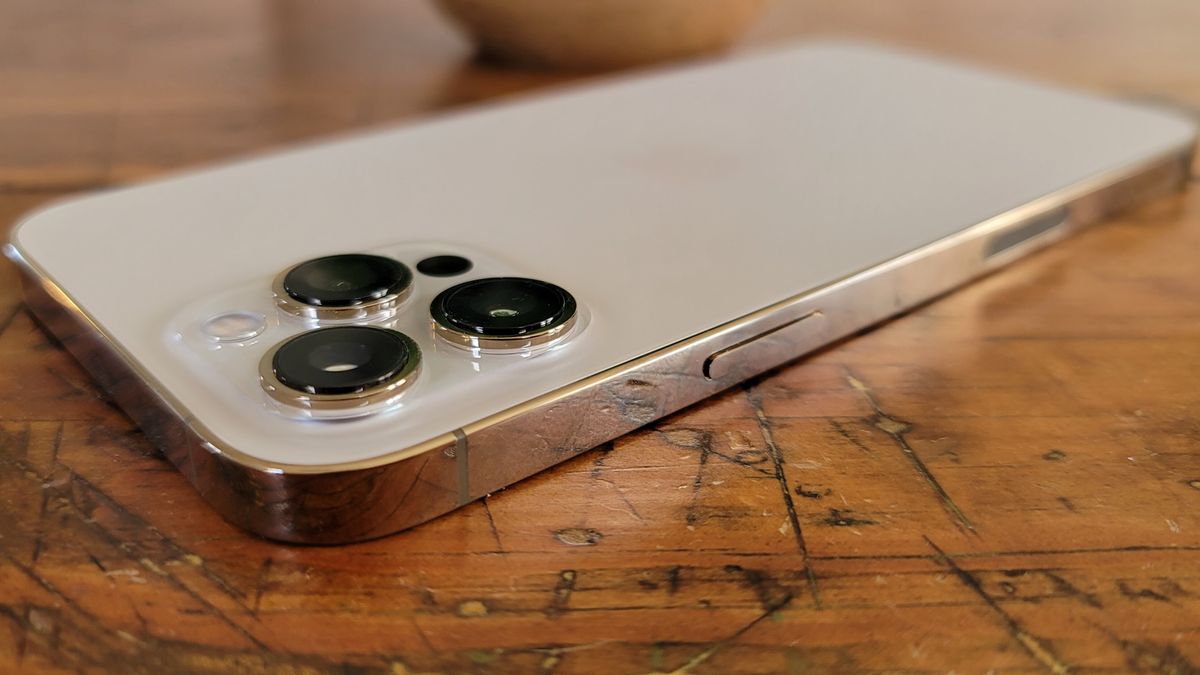iPhone 13 ultra-wide camera upgrade could make it the undisputed low-light champ [update]
Will the iPhone 13 be the king of low-light photos?

Update on February 4: A new investor note spotted by MacRumors from the ever-reliable Ming-Chi Kuo today has offered additional support for the improved ultrawide lens coming to the iPhone 13 based on reports from the supply chain. He continues to differ from the Barclays analysis in that he believes this will be limited to the Pro models in 2021, but they are in agreement regarding the upgrade itself.
The iPhone 12 already enjoys a healthy lead on much of the competition with its incredible f/1.6 aperture on the primary wide-angle lens. The biggest benefit of this for most users is the excellent low-light performance.
This doesn't, however, extend to its ultrawide camera, which is presently an f/2.4, but according to a Barclays investor note obtained by MacRumors, Apple will be stepping up its game considerably with the iPhone 13 moving to an f/1.8 ultra-wide across the entire lineup (via UberGizmo).
- iPhone 13: Price, release date, specs and more
- Best smartphones in 2021
- Best phone deals of February 2021
While that may not sound like a big difference, it's roughly equivalent to doubling the amount of light the lens can take in. This means you can get by with much faster shutter speeds when taking a shot in relatively low light, so fewer blurry photos. By comparison, even the primary lens on all three Galaxy S21 models is an f/1.8.
While computational photography has come a long way in the last few years, with Night Modes, in particular, offering the startling ability to seemingly turn night into day. But these modes require time to take in more light and, depending on your subject, that might not be possible. If you want to snap a quick photo of your child or a pet in less than optimal lighting, Night mode is going to fail you every time. The same is true for group photos; if someone moves in the 1 or 2 seconds it can take for Night Mode to get the shot, a low f stop is key.
There are other benefits to a lower f stop lens, too; you can naturally produce that creamy background bokeh that portrait modes are getting better at faking. The real thing remains better in most cases and, in general, a better lens is going to provide the AI with a better starting point to work from.
There is some disagreement regarding whether the improved ultrawide will be in all four iPhone 13 models. Back in November, Ming-Chi Kuo claimed it would be the iPhone 13 Pro models alone, trickling down to the rest for the iPhone 14 in 2022. If the rumors of Apple delivering a periscope zoom lens in the iPhone 13 are true too, it may be too high a bar for anyone else to clear in 2021.
Stay in the know with Laptop Mag
Get our in-depth reviews, helpful tips, great deals, and the biggest news stories delivered to your inbox.
Sean Riley has been covering tech professionally for over a decade now. Most of that time was as a freelancer covering varied topics including phones, wearables, tablets, smart home devices, laptops, AR, VR, mobile payments, fintech, and more. Sean is the resident mobile expert at Laptop Mag, specializing in phones and wearables, you'll find plenty of news, reviews, how-to, and opinion pieces on these subjects from him here. But Laptop Mag has also proven a perfect fit for that broad range of interests with reviews and news on the latest laptops, VR games, and computer accessories along with coverage on everything from NFTs to cybersecurity and more.
